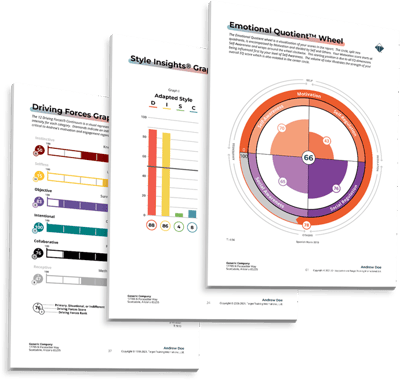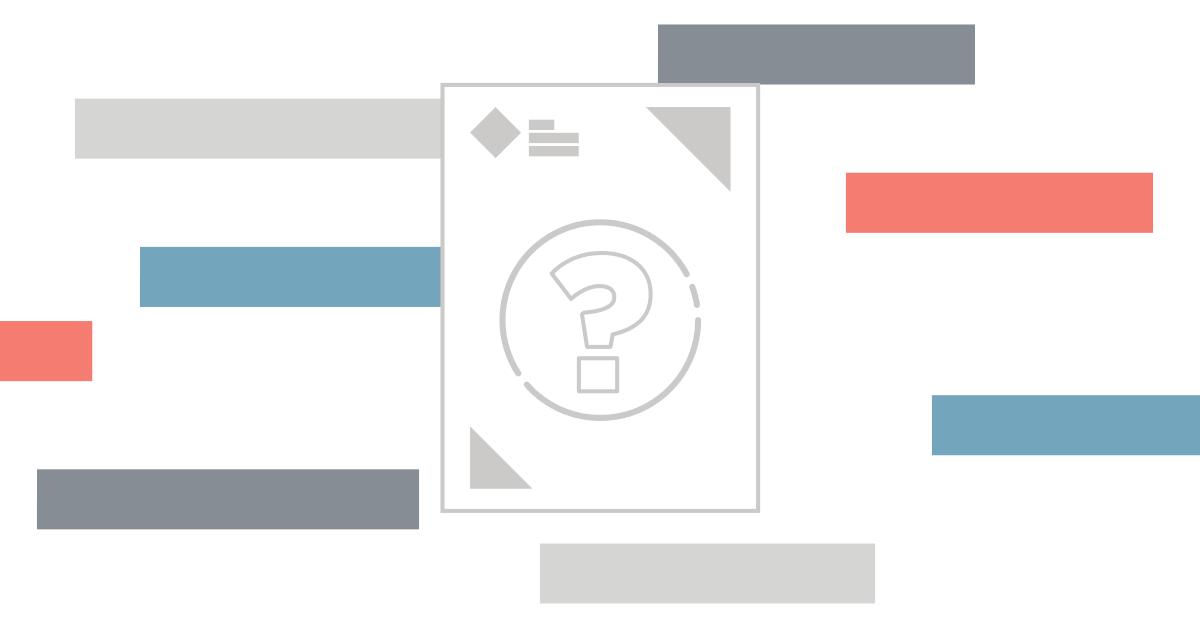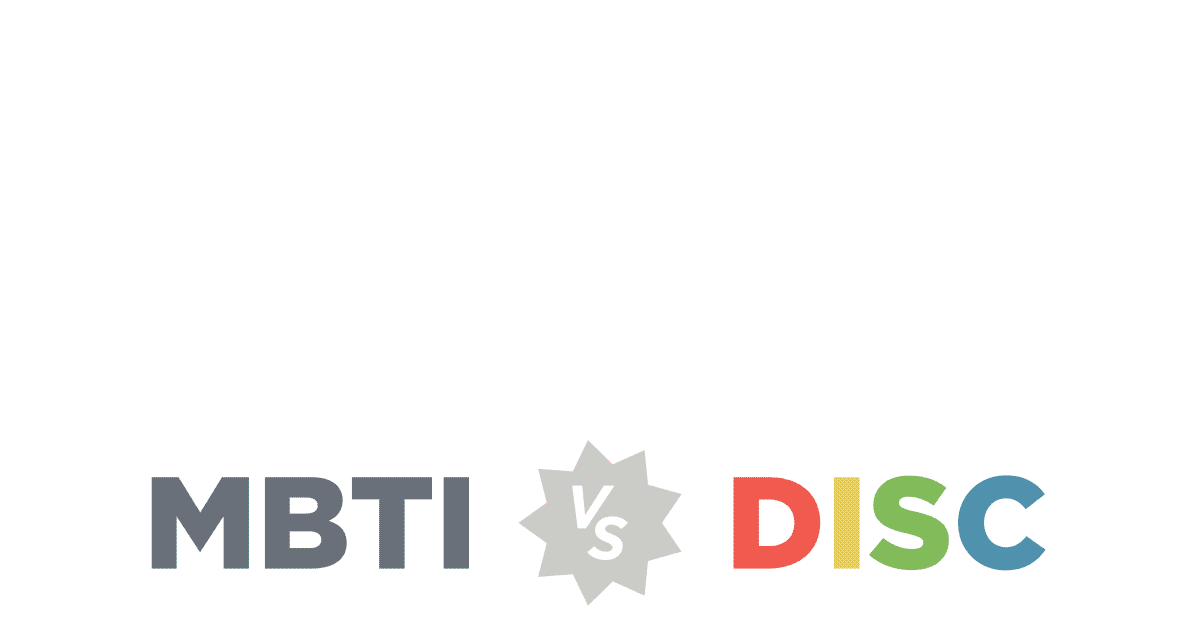4 Guidelines for Assessments for Employees
So, you want to start using assessments for employees in your organization. This is a great idea! Employee assessment tools, as a part of a broader coaching strategy, are your ticket to increased engagement and productivity as well as a stronger, better company culture.
However, it can be overwhelming to get started with employee assessments. Your first step is to find a consultant or coach who can work with your organization to reveal the human potential currently laying dormant in your team.
Their expertise will help guide your team in the right direction, as will the four guidelines shared in this article. Here's how to get started with employee assessments, the right way.
Introduce Assessments for Professional Development
If your team isn't familiar with staff assessments, they might panic at the introduction of them. A performance evaluation is a stressful event; unfortunately, many organizations only use assessments for employees when they are starting the termination process.
Change the narrative! The truth is that employee assessments are a critical part of helping your team develop professionally. Did you know that 70% of staff members would be at least somewhat likely to leave their current organizations and take a job with one that is known for investing in employee development and learning?
That's a huge section of the talent pool that your organization can tap into— or miss out on. Make assessments for employees your secret weapon instead of a punitive task.
Create Shared Language
 One of the benefits of using employee assessment tools is that it creates a shared language within an organization. Let's take a look at a few examples.
One of the benefits of using employee assessment tools is that it creates a shared language within an organization. Let's take a look at a few examples.
When talking about emotional intelligence (EQ), at TTI SI we use the Clear Glass concept to explain current emotions and capacity.
"Simply, a clear glass means you are experiencing no elevated emotions. A cloudy glass means slightly heightened emotions, while a red glass means elevated emotions," we shared.
Before, if your coworker snapped at you when you asked them for an update on a shared project, you would feel attacked. Depending on your behavioral style, this could cause you to become angry, internalize that as a personal jab, or become less confident in your shared work.
With the Clear Glass concept, your coworker can let you know, "My glass is red right now!", which allows you to back off and reconnect later.
This is just one example of how assessments give you the vocabulary to thrive. Check out our articles on how to adapt during crisis by DISC behavior and preventing burnout based on your communication style.
Establish Regular Coaching Sessions
Now that you've established the role of assessments within your organization and created understanding around the vocabulary of employee assessments, it's time to get in the habit of using them to develop your team.
Make coaching sessions a regular part of your training and development and strategy, and take time for debriefs between direct reports. The decision you make on how to assess your employees will be driven by the type of skill assessment you select.
Again, the key to creating a comfortable and inclusive environment for your team is to make sure they understand that assessments and a performance evaluation are not punishments! If you make their use a regular part of your development strategy, you will have a more effective, engaged team.
This is where your consultant's expertise will come into play; their guidance and strategy will help you establish the cadence of employee evaluations.
Get Everyone Involved
Your last guideline for using assessments for employees in the workplace is to get all of your employees to participate. That means leadership too! If you expect your employees to work on personal development without doing the same, you won't get the results you're looking for.
At TTI SI, everyone in our organization has their Talent Insights profile on their desks. This allows everyone to communicate with others in the way they prefer. Not only that but on a regular basis, each department has a team debrief which compares and contrasts their assessment results to better work together and understand each other.
The best leaders lead from example, period. If you embrace this philosophy in your regular work life, why not apply it to assessments of employees?
Set Yourself Up For Success
Using assessments for employees in the workplace is a surefire way to invest in employee development, improve engagement, and inspire your team to believe in company culture.
Are you ready to get started using assessments for your employees? Get all the info you need here to thrive with TTI SI.

Jaime Faulkner
Jaime believes authenticity and storytelling are the keys to successful marketing. As a graduate from the Hugh Downs School of Human Communication, she loves finding and connecting narratives. When she's not at work, she's psychoanalyzing contestants on The Bachelor, painting, listening to podcasts, or playing tabletop RPGs.



/Hire%20the%20right%20candidate%20every%20time%20with%20these%203%20steps.png?width=374&name=Hire%20the%20right%20candidate%20every%20time%20with%20these%203%20steps.png)

0 Comments